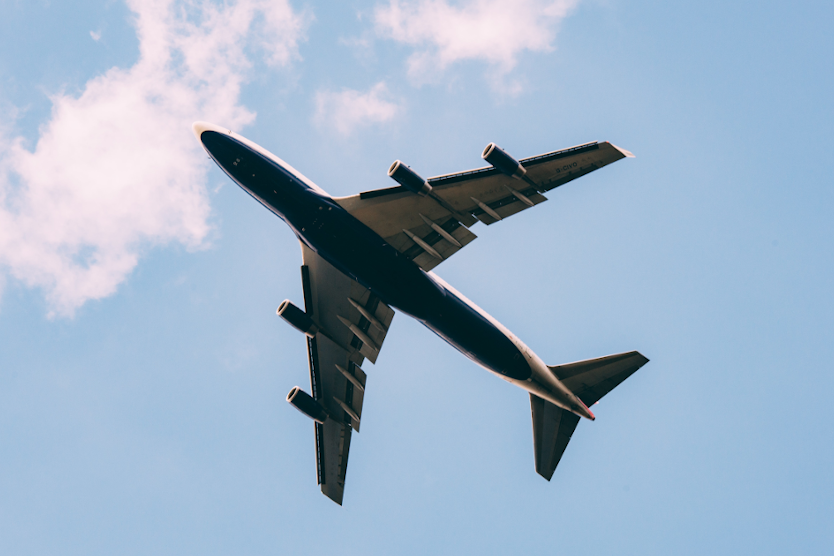
A ZSW team is looking at new materials and processes for producing high-energy Li-ion batteries that are lighter and safer for use in the air.
© Jordan Sanchez via Unsplash
Electrification is a major trend in aviation, but lithium-ion (Li-ion) battery technology is not yet optimised for the next generation of electric aircraft. A team from the Centre for Solar Energy and Hydrogen Research Baden-Württemberg (ZSW) in Ulm is looking at new materials and processes for producing high-energy Li-ion batteries that are lighter and safer for use in the air.
The ZSW’s WABeFli project harnesses the expertise of three industrial partners to test out new active materials for the electrodes, as well as the manufacturing processes to bring them to market. A key objective is to eliminate critical, expensive and environmentally unsound materials. For example, cobalt is carcinogenic and associated with questionable mining practices and therefore will not be used in the cathode. Instead, a safe compound of lithium manganese iron phosphate (LMFP) will be tried as the core material, replacing lithium iron phosphate.
For the anode materials, graphite, which is becoming increasingly scarce, will be replaced by silicon oxide (SiOx). It is widely available and should significantly increase the energy content. Furthermore, water will be used as a substitute for the hazardous solvent NMP in the production of the electrode coating, using an innovative extruder-based process. The ZSW team will build a pilot electrode production line; then the battery cell maker Varta AG will integrate the new electrodes into a sizeable batch of round and wound button cells.
The consortium aims to increase cell energy capacity by up to 20 percent, compared to other sustainable cell technology. The project is funded by the Federal Ministry of Education and Research (BMBF) with EUR 1.6 million euros and will run until October 2024.


